Gene Tierney: The Haunting Beauty Whose Eyes Told Stories of Grace and Grit
There are movie stars—and then there is Gene Tierney. A woman whose face could silence a room, whose emerald eyes seemed to hold a lifetime of unspoken stories. Her beauty wasn’t loud or showy; it was haunting, delicate, almost unreal. But behind that angelic glow was a woman who carried heartbreak, loneliness, and resilience that turned pain into poetry. Gene Tierney wasn’t just a star of Hollywood’s golden age—she was a living contradiction of light and shadow, fragility and strength, glamour and grief.
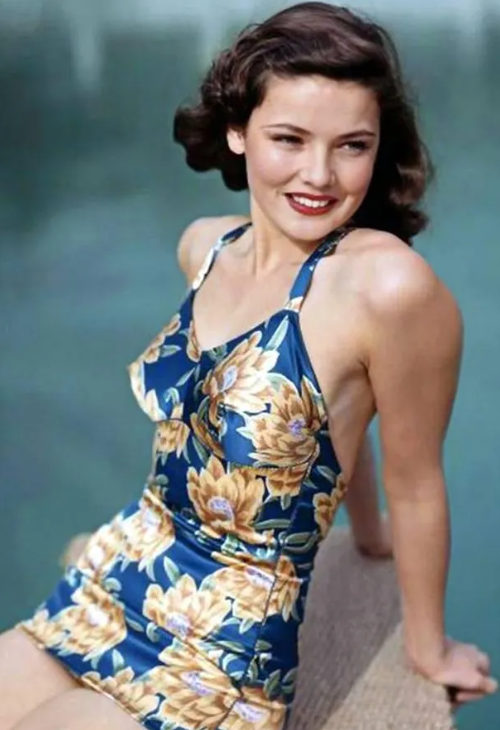
From Greenwich Beginnings to the Golden Gates of Hollywood
Gene Eliza Tierney was born on November 19, 1920, in Greenwich, Connecticut, to a privileged but disciplined family. Her father, Howard Sherwood Tierney, was an insurance broker, and her mother, Belle Lavinia Taylor, was a drama teacher who encouraged her daughter’s early fascination with the arts.
Gene grew up surrounded by refinement—private schools in Connecticut and Switzerland, poetry readings, ballroom dancing lessons—but even then, there was something restless in her spirit. While others were content with social teas and country clubs, Gene dreamed of something more—an audience, a story, a stage.
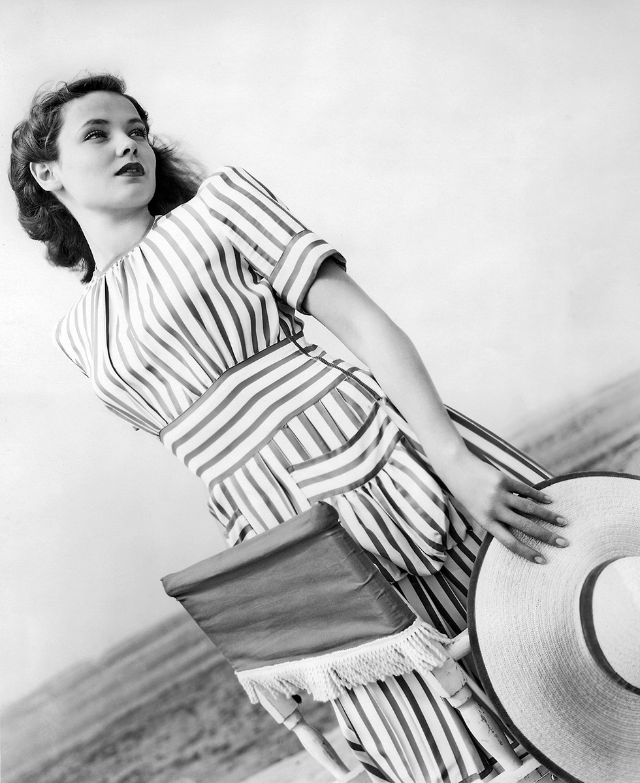
When she first appeared on Broadway in The Male Animal (1940), critics noticed her poise and natural allure. But it wasn’t until Hollywood came calling that Gene’s destiny began to unfold. Her blend of innocence and mystery was irresistible to movie studios, and 20th Century Fox signed her almost immediately.
Video : That Wonderful Urge 1948 Tyrone Power & Gene Tierney
The Meteoric Rise: From Broadway Beauty to Hollywood Legend
Gene Tierney’s screen debut came with The Return of Frank James (1940), but it was her turn in Laura (1944) that transformed her from rising actress to timeless icon. In that noir masterpiece, she played Laura Hunt—the woman whose portrait becomes an obsession for a detective and audiences alike. With that single role, Gene became the face of a cinematic dream—serene, unknowable, magnetic.
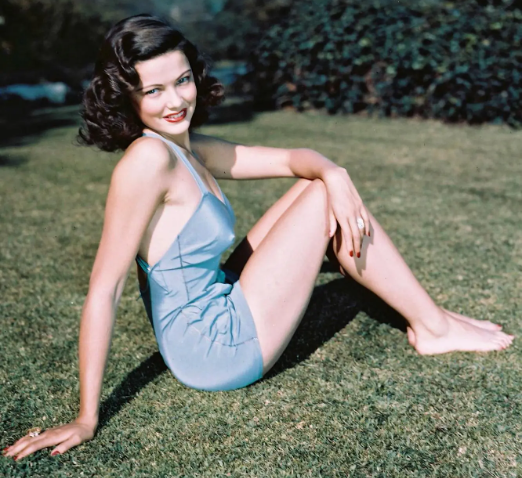
Then came Leave Her to Heaven (1945), where she flipped the script completely. As Ellen Berent, a jealous, possessive woman whose love turns deadly, Gene delivered a chillingly brilliant performance that earned her an Academy Award nomination. Critics and fans alike were captivated. She could be angelic or dangerous, tender or terrifying—sometimes all in the same scene.
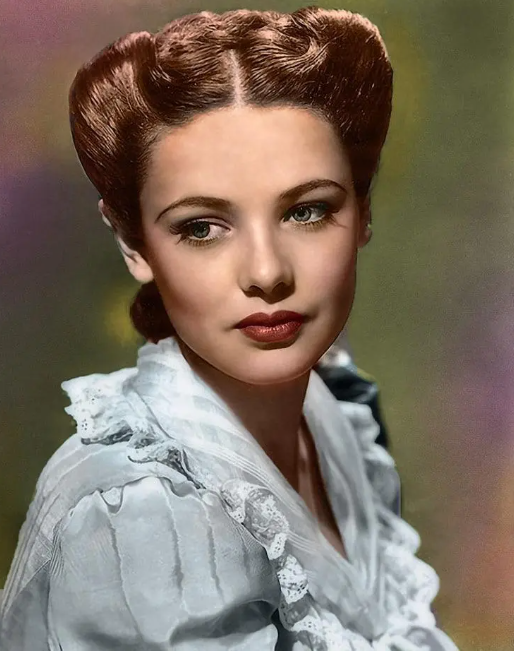
Throughout the 1940s and early 1950s, Gene starred in one unforgettable film after another: Heaven Can Wait, Dragonwyck, The Razor’s Edge, and The Ghost and Mrs. Muir. Each role added another layer to her legacy—graceful yet human, beautiful yet complex.
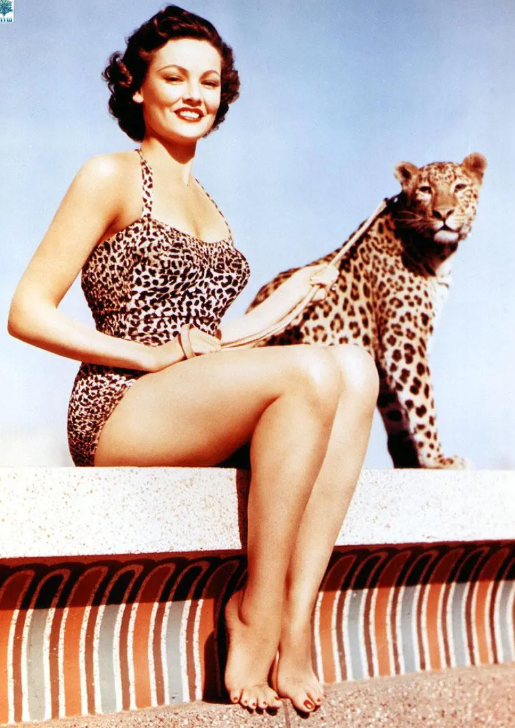
Behind the Glamour: Gene Tierney’s Hidden Sorrows
To the public, Gene Tierney was perfection personified. But off-screen, her life was marked by quiet tragedy. In 1941, she married Oleg Cassini, the charismatic fashion designer known for his work with icons like Grace Kelly and Jacqueline Kennedy. Together, they seemed like Hollywood royalty.
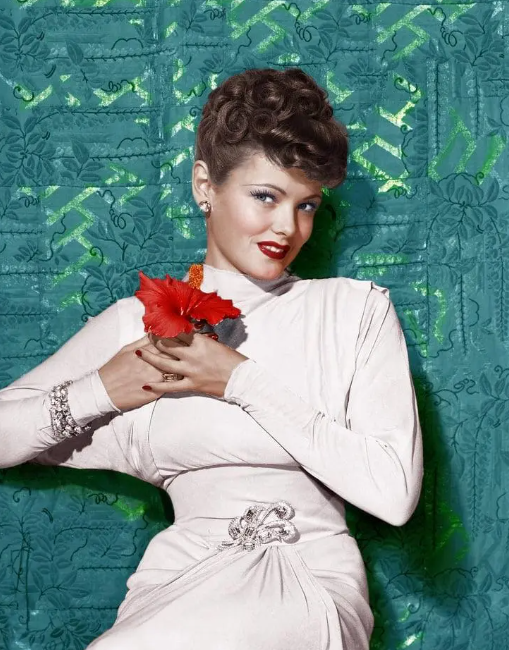
However, during World War II, while volunteering at the Hollywood Canteen, Gene contracted rubella from a fan who unknowingly infected her. Pregnant at the time, Gene gave birth to her first daughter, Daria, who was born deaf, partially blind, and mentally disabled. The guilt haunted her for years. “Nothing in life prepared me for that kind of heartbreak,” she later wrote in her memoir, Self-Portrait.
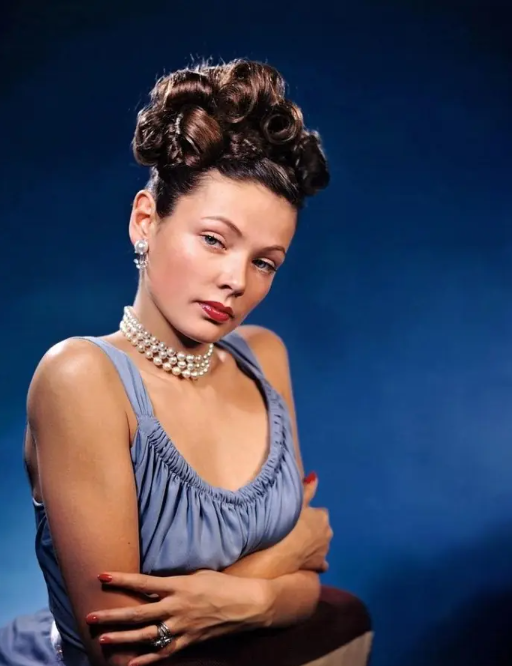
The tragedy fractured her marriage and her mental health. In the years that followed, Gene battled severe depression and what was later diagnosed as bipolar disorder. She underwent electroshock therapy, endured multiple hospital stays, and even attempted suicide. Yet, through it all, Gene Tierney remained a fighter. “I’ve learned to smile through pain,” she once said, “because I had to.”
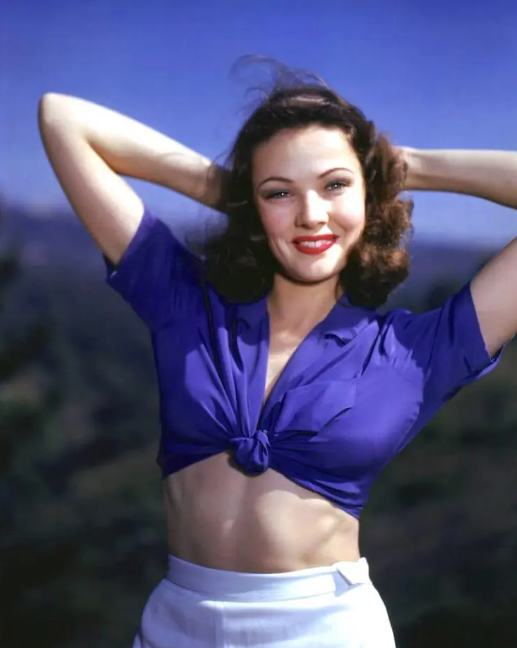
A Comeback Built on Courage and Grace
Despite her struggles, Gene refused to disappear from the spotlight. She made a remarkable comeback in The Mating Season (1951), Where the Sidewalk Ends (1950), and Black Widow (1954), proving she still had that magnetic screen presence that no amount of hardship could dim.
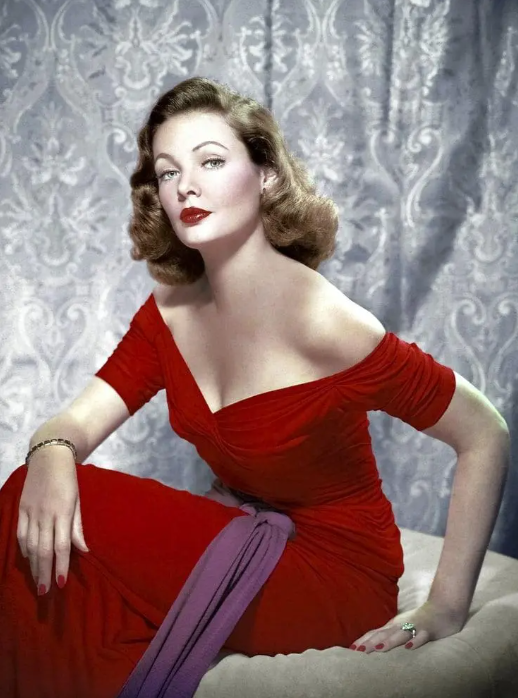
Her resilience inspired admiration across Hollywood. She was open about her mental health battles in an era that preferred silence and denial. Gene Tierney became one of the first major stars to publicly discuss her psychiatric treatment, breaking barriers for others who suffered in silence. Her honesty gave strength to countless fans who saw not a fallen star, but a survivor shining through the darkness.
Video : Gene Tierney : A Girl Like you
Love, Redemption, and the Second Act of Her Life
In 1960, Gene found stability again when she married Texas oilman W. Howard Lee. With him, she found peace after decades of turbulence. The couple settled in Houston, far from the chaos of Hollywood, where Gene raised her second daughter, Christina, and pursued quiet joys—painting, writing, and enjoying the solitude she once feared.
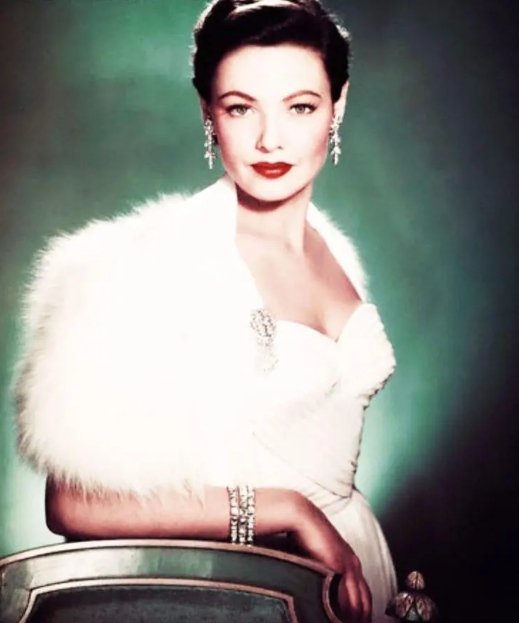
Her marriage to Lee lasted until his death in 1981, and those two decades gave Gene something she’d long been denied: a sense of belonging. In her later years, she appeared in a few films and television projects but focused more on advocacy—raising awareness for mental health and disabilities, issues that had deeply shaped her own life.

A Star That Never Faded: Gene Tierney’s Enduring Legacy
When Gene Tierney passed away on November 6, 1991, from emphysema, Hollywood lost one of its purest souls. But her spirit never truly left. Her films continue to enchant, her image continues to inspire, and her story continues to remind us that true beauty often carries hidden scars.
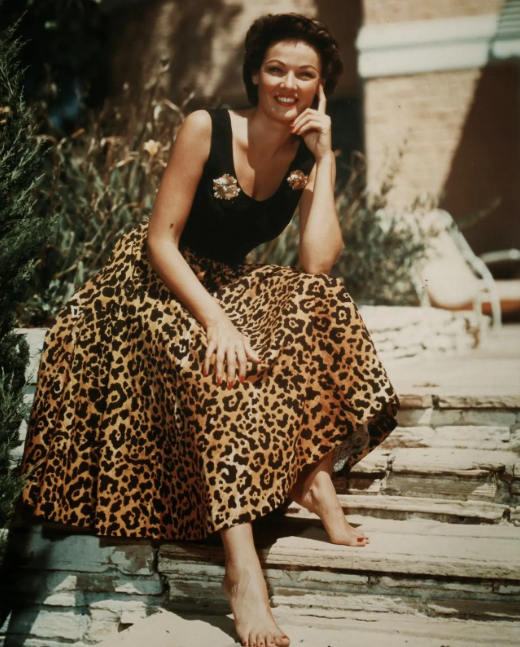
Modern stars like Cate Blanchett and Nicole Kidman have cited Gene as a creative influence, drawn to her subtle intensity and emotional honesty. Her haunting presence in Laura remains one of cinema’s most iconic performances—a symbol of the mysterious, unattainable woman who is both dream and reality.
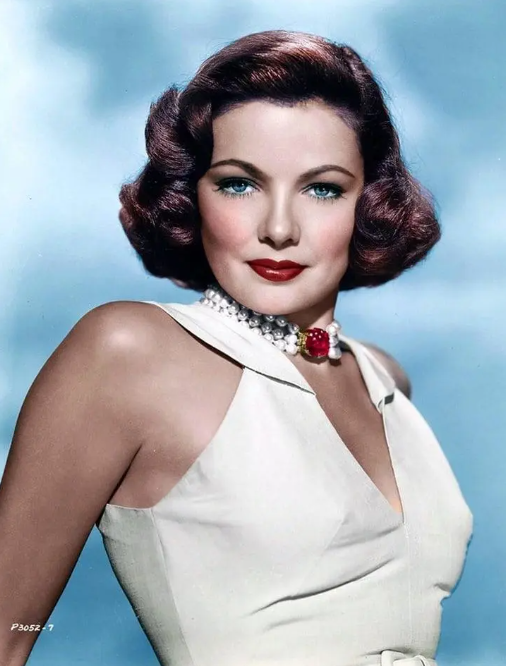
The Light and Shadow of Gene Tierney
What makes Gene Tierney unforgettable isn’t just her beauty—it’s her humanity. She was a woman who lived through loss, battled inner storms, and still found the courage to shine. Her story is proof that the brightest lights often burn through the darkest nights.
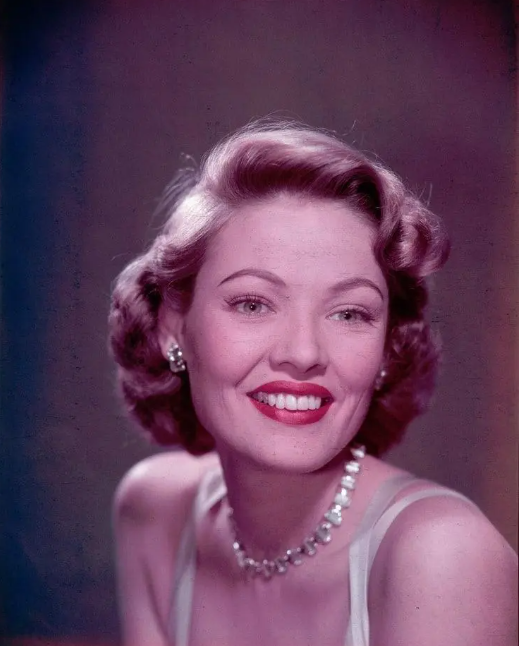
She once said, “People used to say I had the face of an angel, but angels are never without their pain.” Those words capture Gene Tierney’s essence: luminous yet layered, strong yet soft, fragile yet forever fierce.
So, the next time her emerald eyes flicker across your screen, pause and remember—behind that breathtaking beauty lived a heart that knew both heaven and heartbreak. And that’s why Gene Tierney will never be forgotten.